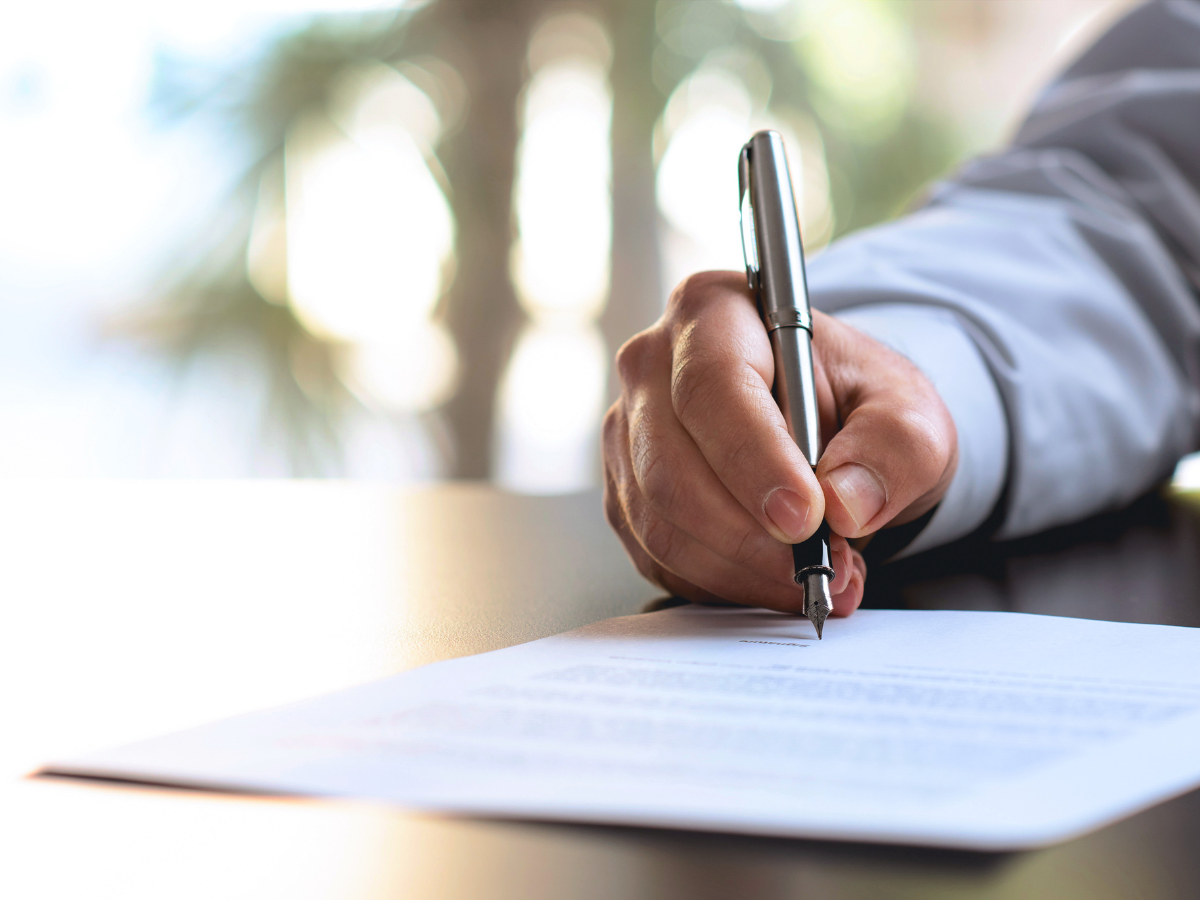Lease agreements are crucial legal documents that protect both landlords and renters. They should be thoughtfully and thoroughly drafted to safeguard the interests of both parties and prevent any financial liabilities or neglect. In Birmingham, there are several key elements that should be included in every lease agreement to ensure a smooth and mutually beneficial rental experience.
Introduction
A lease agreement serves as the foundation for a landlord-tenant relationship. It outlines the rights and responsibilities of both parties and sets the framework for the duration of the lease. By clearly stating the terms and conditions, which are the basic elements of a lease agreement, landlords can protect their property while renters can ensure their rights are respected.
Landlords often include clauses in lease agreements that cover important aspects such as rent payment schedules, security deposits, maintenance responsibilities, and rules regarding pets and subletting. The elements of a lease agreement also typically include procedures for resolving conflicts.
Furthermore, the elements of a lease agreement can also address details related to the property, such as parking arrangements, utilities, and any restrictions on modifications or alterations to the premises. Ultimately, this level of detail fosters a more harmonious and transparent rental relationship.
Both landlords and tenants should carefully review and negotiate the terms of the lease agreement to establish a mutually beneficial arrangement.
Stipulating the Involved Parties
The basic elements of a lease agreement should include clearly identifying the parties involved. The landlord, also known as the "lessor," is the owner of the property and grants the right to occupy it for a specific period. The legal names of the owners or the LLC that owns and manages the property should be stated here. The agreement should also include the names of all residents who will be occupying the property during the lease term, including the primary tenant and any additional tenants.
The roles and responsibilities of each party should be specified. Usually, the landlord is responsible for maintaining the property and ensuring it is in a habitable condition for the tenants, which includes handling repairs, addressing any safety concerns, and complying with local housing codes. On the other hand, the tenants are responsible for paying rent on time, keeping the property clean and in good condition, and following the rules outlined in the lease agreement.
Moreover, it is recommended to include contact information for all parties involved to ensure that communication channels are open in case of emergencies, repairs, or any other issues that may arise during the tenancy.
Stipulating the Terms of The Agreement
Transparency is key when it comes to defining the elements of a lease agreement. This includes specifying the duration of the agreement, renewal terms, rent amount, security deposit terms, and late fees.
Additionally, it is important to include details about property maintenance responsibilities. By meeting these responsibilities, both the landlord and tenant ensure the property is well-maintained, leading to a positive rental experience for both parties.
Elements of a lease agreement can also include provisions regarding disputes that may arise during the tenancy. This can include information on the process for resolving disputes, whether through mediation, arbitration, or legal action. By addressing potential conflicts proactively in the lease agreement, both parties can have a roadmap for resolving issues in a fair and efficient manner, maintaining a harmonious landlord-tenant relationship.
Covering Utilities, Maintenance & Repairs
A crucial aspect of a lease agreement is defining who is responsible for utilities, maintenance, and repairs. The agreement should clearly specify which utilities, if any, are included in the rent price. Additionally, the agreement should outline the resident's obligations for general maintenance and repairs to ensure the property is well-maintained throughout the lease term.
Rental Insurance
To protect both parties, the lease agreement may require residents to carry renters insurance. This condition can be stipulated in the agreement to ensure that residents have adequate coverage for their personal belongings and liability in case of any unforeseen events or accidents.
Right to Access the Property
Landlords need the right to access the property to make repairs and conduct inspections, so it’s important to include a clause in the lease agreement that grants access rights to the landlord. Such clauses commonly require the landlord to provide the resident with a minimum notice period, typically 24 hours, before entering the property, to respect the resident's privacy and property.
Allowing Pets and Restricting Breeds
The decision to allow or forbid pets in a rental property is entirely up to the landlord. In this section of the lease agreement, specific rules regarding pet ownership should be clearly stated. Landlords may choose to restrict certain breeds or impose size/weight restrictions to ensure the safety and cleanliness of the property.
Final Thoughts
A lease agreement is a crucial document that protects both landlords and renters. By including all the basic and necessary elements of a lease agreement, such as stipulating the involved parties, granting the right to property access, and addressing pet policies, landlords can ensure a smooth and legally sound rental experience in Birmingham. Renters, on the other hand, can have peace of mind knowing their rights and responsibilities are clearly defined. Don’t hesitate to consult with legal professionals to ensure the lease agreement complies with local laws and regulations.
Looking for a professional property management company to help with lease agreements and so much more? Reach out to our local team today!


